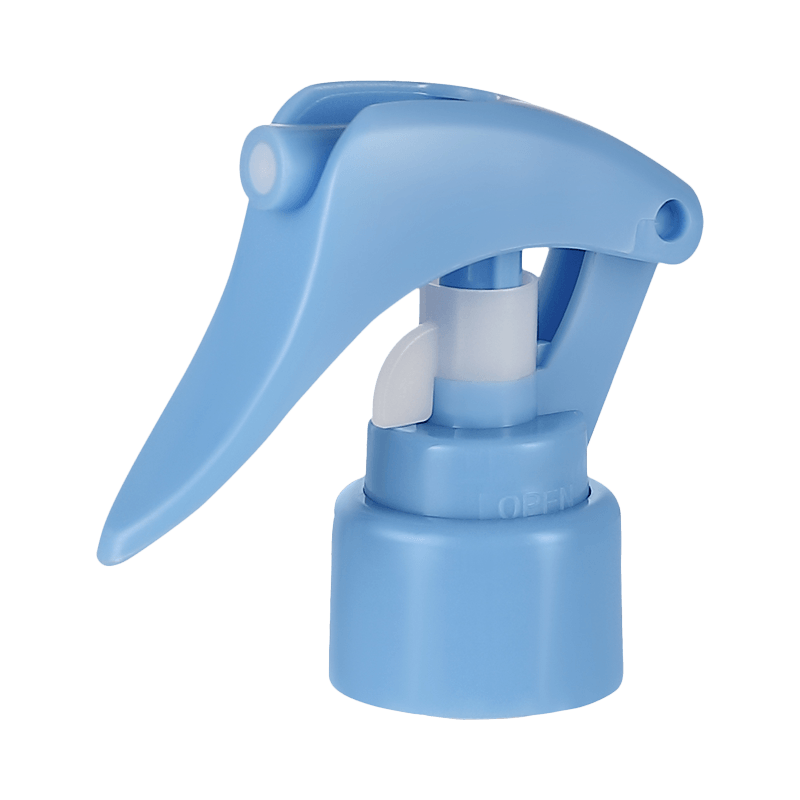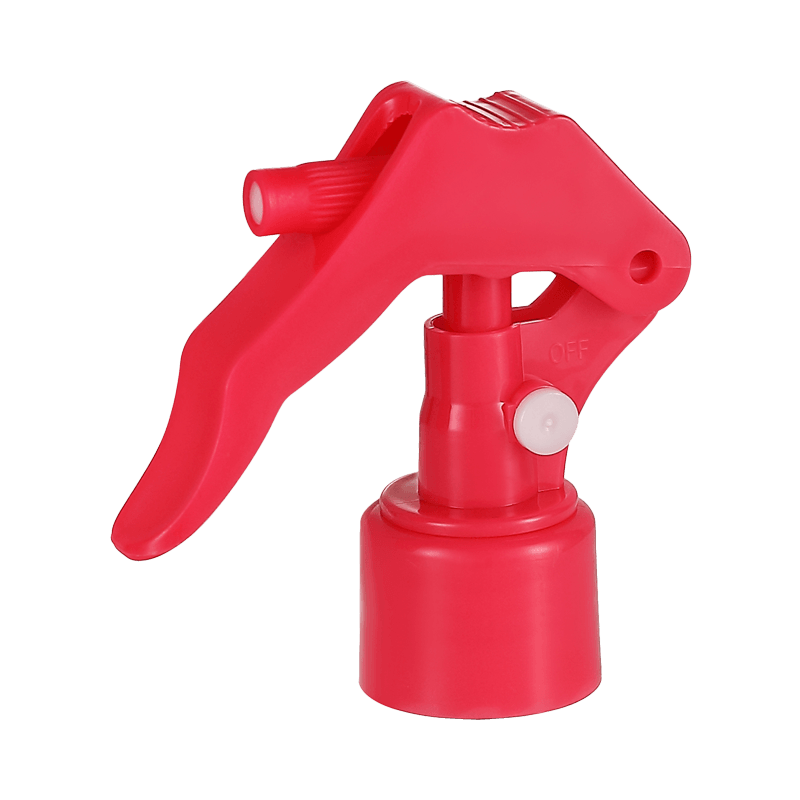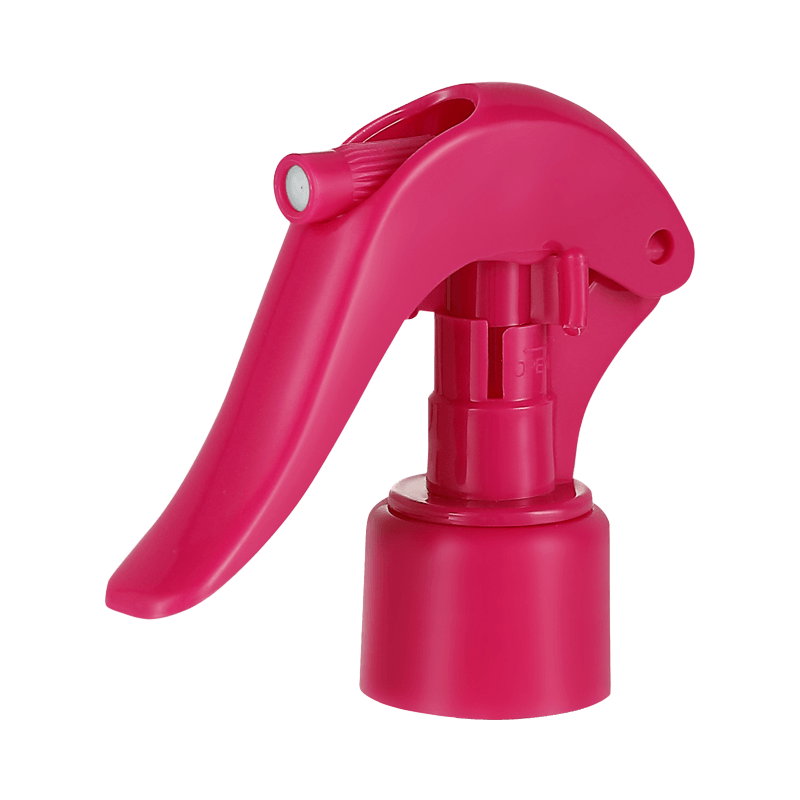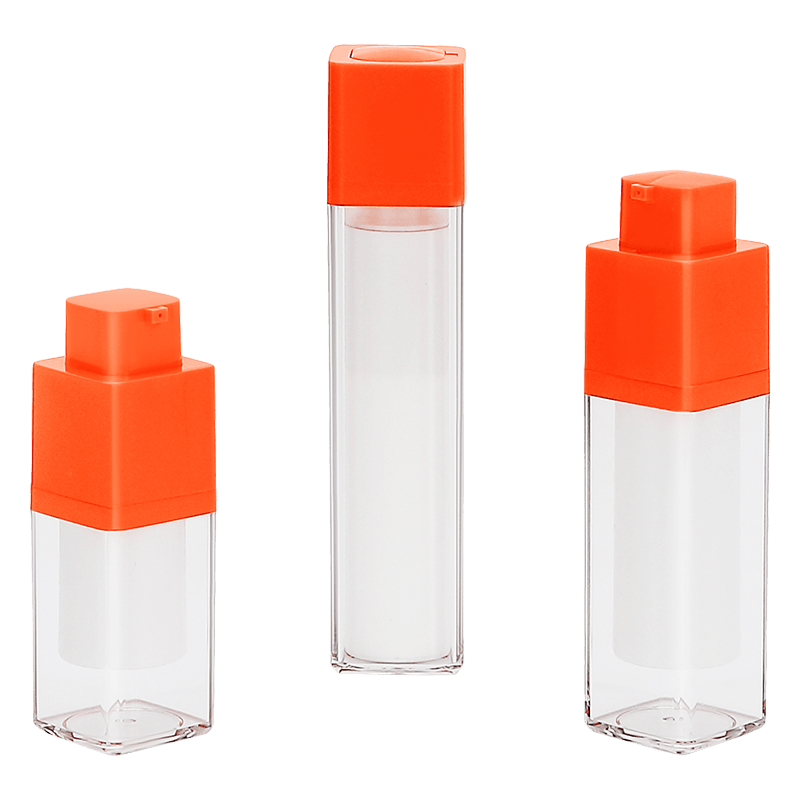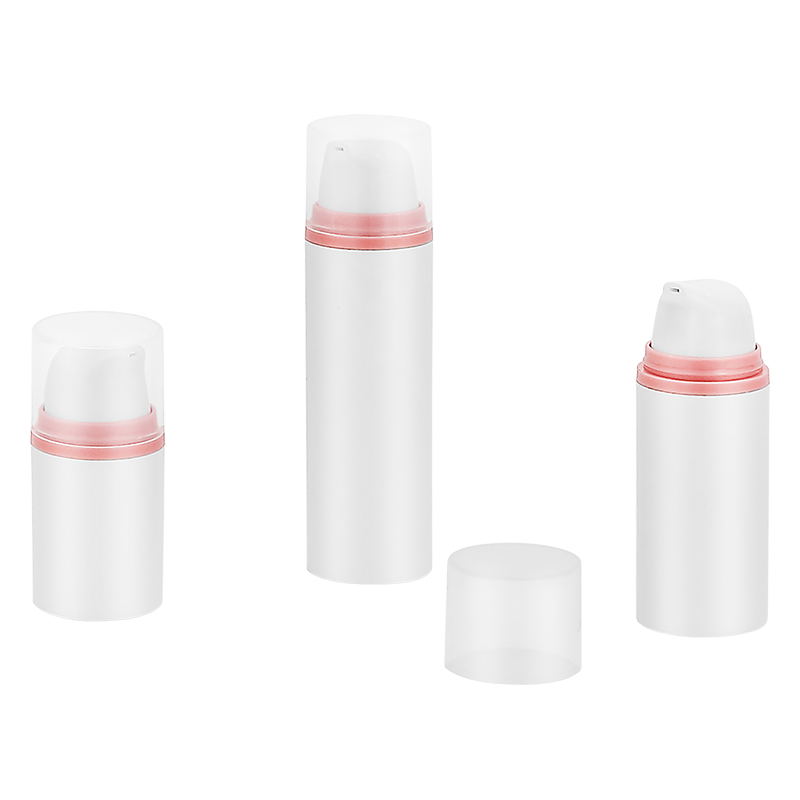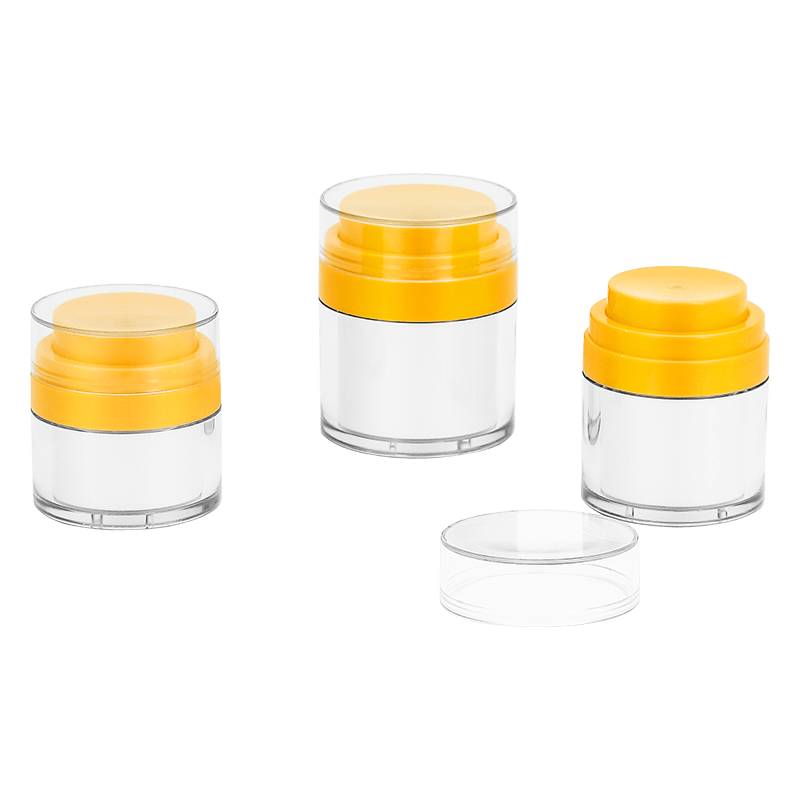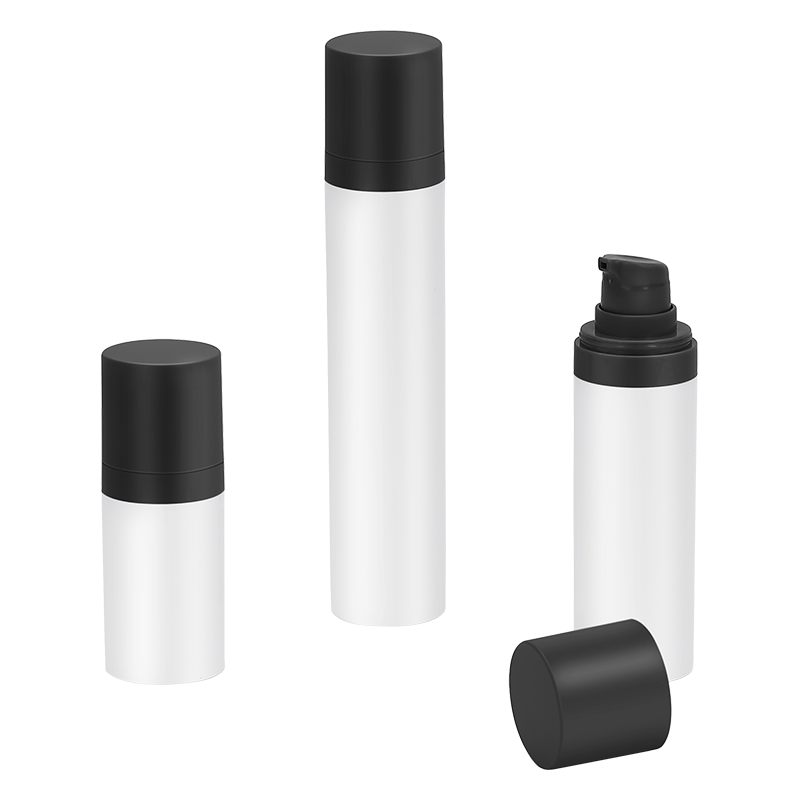As a widely used daily item, spray bottles play an indispensable role in many fields such as gardening, cleaning, medical treatment, cosmetics and personal care. Among them, the core component of the spray bottle, the nozzle, has a seemingly insignificant parameter, but its diameter actually has a profound and significant impact on the spray effect.
The size of the spray bottle nozzle diameter directly determines the droplet size of the sprayed liquid. Under the same spray pressure conditions, the smaller the nozzle diameter, the finer the spray droplets. This is because the outlet area of a small-diameter nozzle is smaller, and the pressure on the liquid when passing through the nozzle increases, which can disperse the liquid into smaller particles. These tiny droplets can form a more uniform coverage on the target surface, significantly improving the coverage and penetration of the spray. For example, in horticultural applications, using a small-diameter nozzle to spray nutrient solution or pesticides can ensure that the nutrients or agents are evenly distributed on the leaves of the plant, thereby improving the effect of fertilization or insecticide.
Conversely, when the nozzle diameter is larger, the spray droplets are relatively large. These larger droplets have limited diffusion capacity in the air, but they have a strong impact force, which is suitable for occasions where large areas need to be covered quickly or stubborn stains need to be removed. In the field of cleaning or disinfection, large diameter nozzles can be used to quickly spray a large amount of liquid to cover a wider area, thereby achieving efficient cleaning or disinfection. However, it should be noted that although the spray speed of large diameter nozzles is faster, its uniformity may be relatively poor, so the spray angle and distance should be adjusted appropriately when using to ensure the uniformity and coverage of the spray.
The choice of nozzle diameter also affects the uniformity of the spray and the spray cone angle. Small diameter nozzles can more easily form a uniform spray layer because of the smaller droplets they spray. This uniformity is crucial in certain specific applications. For example, in chemical experiments or medical disinfection processes, the uniformity of the spray is directly related to the accuracy of the experimental results and the quality of the disinfection effect. In addition, the spray cone angle of small diameter nozzles is usually smaller, which means that its coverage is relatively narrow, but the accuracy is higher, which is suitable for situations where precise control of spraying is required.
In contrast, large diameter nozzles have a larger spray cone angle and a wider coverage of the spray. This is because the droplets sprayed by large diameter nozzles are larger, and the liquid is subjected to less pressure when spraying, making it easier to form a diffuse spray. However, this diffuse spray may reduce the uniformity of the spray, so the parameters should be carefully adjusted in actual applications.
The selection of nozzle diameter also needs to take into account the physical properties of the liquid and the injection pressure. For liquids with higher viscosity, choosing a larger nozzle diameter can reduce the injection pressure and thus save energy. In applications where high-speed injection is required, a smaller nozzle diameter can increase the injection speed and impact force to meet specific needs.

 中文简体
中文简体 English
English русский
русский